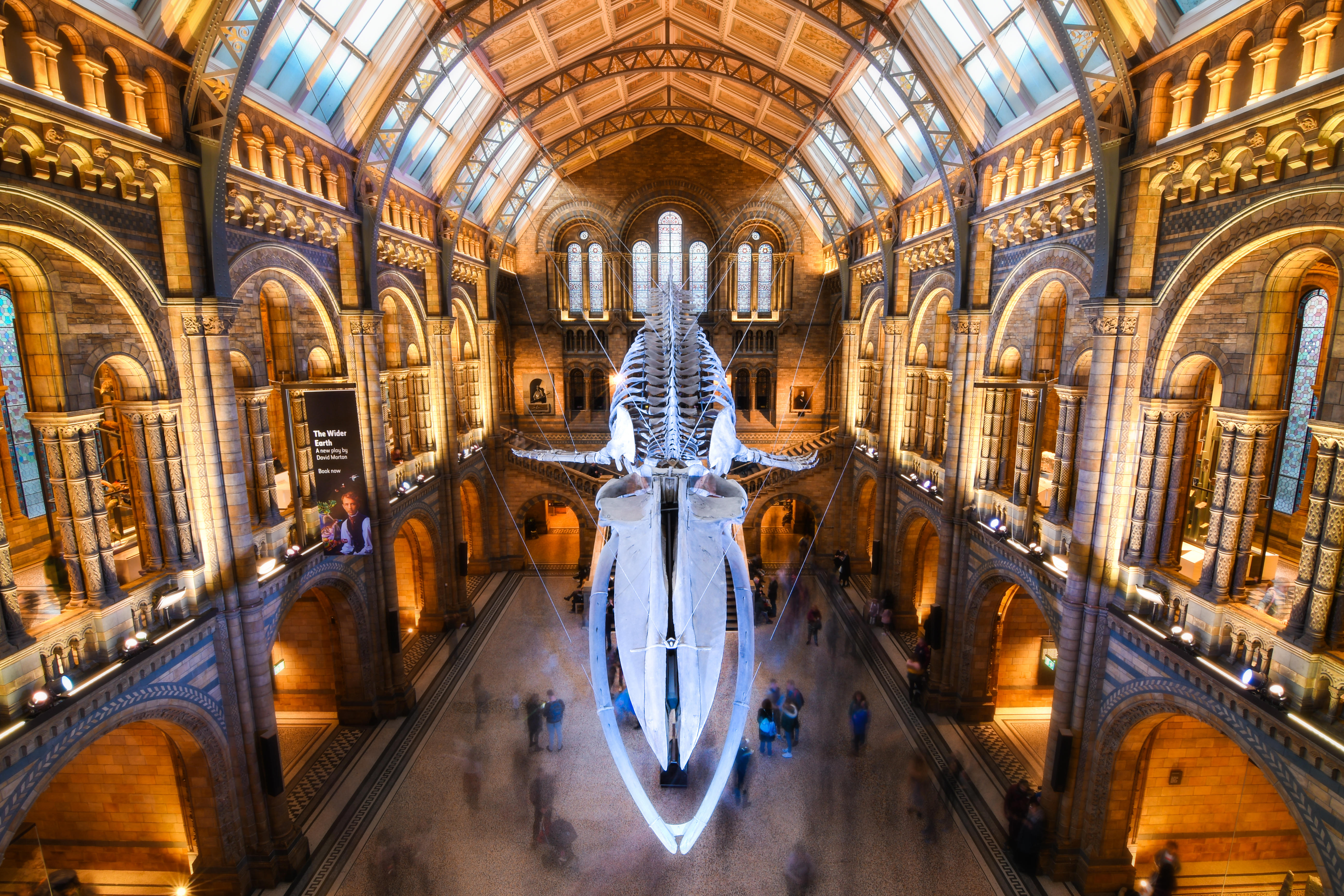Town mouse on framing pictures
A thrifty purchase turns out to be an engrossing read on the art of framing paintings for Clive.


There are some benefits to the credit crunch. One of them is that I recently picked up a handy little book called Frames, written by the (now) Director of the National Gallery, Nicholas Penny. The original price was not much more than £3, and I could probably have risen to it, but the obligatory time-of-crisis reduction made it irresistible.
Dr Penny reveals frames to be the equivalent of the well-tailored suit: an exquisite yet unobtrusive complement to what’s inside. There are frames to Gothic altarpieces, with delicately carved tops and, if you don’t mind kneeling to see them, star-spangled vaults. Flemish artists worked on panels that were already framed, in whole or in part.
As the concept of the picture gallery hadn’t yet emerged, these intimate paintings were probably stored in chests, rather than hung permanently on walls, the owner taking them out to enjoy as a treat. By the time of the Impressionists, historic frames had assumed a value of their own, Renoir’s chubby nude of A Bather being set off by a frame from the age of Boucher. Outside the National Gallery, Antony Gormley is organising an artwork on the empty plinth in Trafalgar Square: hundreds of ordinary people will stand there for an hour each. Now there’s a framing challenge.
Sign up for the Country Life Newsletter
Exquisite houses, the beauty of Nature, and how to get the most from your life, straight to your inbox.
Country Life is unlike any other magazine: the only glossy weekly on the newsstand and the only magazine that has been guest-edited by HRH The King not once, but twice. It is a celebration of modern rural life and all its diverse joys and pleasures — that was first published in Queen Victoria's Diamond Jubilee year. Our eclectic mixture of witty and informative content — from the most up-to-date property news and commentary and a coveted glimpse inside some of the UK's best houses and gardens, to gardening, the arts and interior design, written by experts in their field — still cannot be found in print or online, anywhere else.
-
 Athena: We need to get serious about saving our museums
Athena: We need to get serious about saving our museumsThe government announced that museums ‘can now apply for £20 million of funding to invest in their future’ last week. But will this be enough?
By Country Life
-
 Six rural properties with space, charm and endless views, as seen in Country Life
Six rural properties with space, charm and endless views, as seen in Country LifeWe take a look at some of the best houses to come to the market via Country Life in the past week.
By Toby Keel